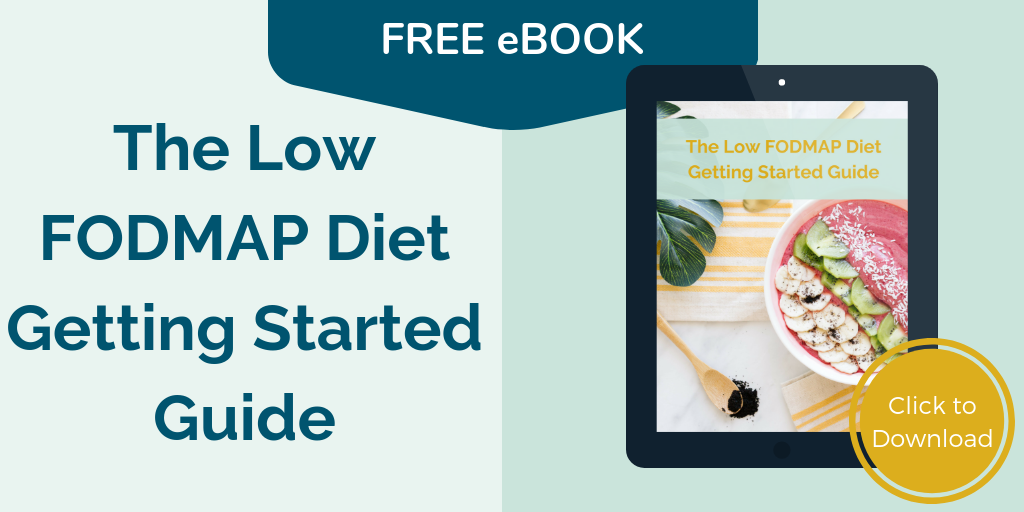When I meet someone for the first time with IBS or digestive issues they often talk about fibre. When people don’t know about all the great things you can do with food and the mind-body relationship to heal from IBS they say catchall phrases like “Eat More Fibre”, “Drink More Water”. Honestly, if you are suffering with IBS, this can be seriously degrading. It’s just not that simple for so many people!
Research shows that fibre has varying effects on IBS symptoms and that different types of fibre can actually affect people differently. Studies show that soluble fibre can help to relieve IBS-related symptoms. Specifically if you suffer from constipation-predominant IBS, soluble fibre can help get things moving along your gastrointestinal tract. On the other hand, studies on insoluble fibre show that it could simply make symptoms worse. Since insoluble fibre is mostly found in wheat and bran, following a low FODMAP, or gluten-free diet would likely already eliminate these foods.
The body can’t break down or absorb fibre so it’s important to get enough fluid (about 2 to 3 L per day) and spread your fibre-containing foods throughout the day. Fibre is found in a wide range of foods such as fruits, vegetables, and whole grains. There are two different types of fibre: soluble and insoluble. Most foods have a combination of the two types.
Soluble Fibre
- Dissolves in water, forming a gel.
- Increases the time it takes for food to move through your gut (it slows digestion – helpful if you are more prone to diarrhea).
- Is found in some fruits and vegetables, legumes, oats, psyllium, and flaxseed.
Insoluble Fibre
- Undergoes minimal change in the digestive tract, adds bulk to stool.
- Decreases the time it takes food to move through the gut (it speeds up digestion – helpful if you are more prone to constipation).
- Is found in wheat and bran and some fruits and vegetables.
Low FODMAP … Not Low Fibre
Following a low FODMAP diet could reduce the amount of fibre in your diet if you’re not careful. Here are my top 5 tips for increasing your fibre intake without causing digestive distress:
- Spread your fibre-rich foods throughout the day. Try chia seeds with breakfast, canned lentils with lunch, and raspberries at snack time!
- Choose cooked veggies over raw. Avoid large portions of raw vegetable by enjoying cooked veggies in soups, pasta dishes or as a side to get your fibre without the extra digestive distress.
- Focus on soluble fibre. Insoluble fibre can irritate IBS while soluble fibre can help relieve your symptoms. Try oats, flax, or a psyllium or guar gum supplement.
- Increase your fluid intake. Aim for at least 2-3L of fluid per day. Increasing fibre without also increasing fluid intake can lead to digestive distress.
- Don’t let Low FODMAP mean low fibre. It’s easy for the Low FODMAP Diet to turn into a low fibre diet. Work with a Registered Dietitian and reintroduce FODMAPs as soon as possible.
Wondering what else affects symptoms of IBS like gas, bloating, abdominal pain, diarrhea or constipation? You’ve got to understand more about the FODMAPs, poorly digested sugars that are the most common triggers in digestive issues. Download my free eBook – Click here to get a copy emailed to you right away.
The Bottom Line
One thing the research does show us for certain is that everybody is different, and there isn’t one recommendation for all. It’s beneficial to work with a Registered Dietitian to help you understand your body and exactly what it needs. If you need to increase your fibre intake, be sure to do so gradually, too quickly and it could definitely make symptoms worse. One of the most important things to do when changing your diet is monitor your intake and your symptoms. Also don’t forget to drink lots of water!
I’ll leave you with these last few strategies to get you on your way to getting in enough fibre without the digestive distress:
- Have a fruit smoothie for breakfast featuring low FODMAP fruits like banana, strawberries, blueberries and raspberries. Add 1/2 to 1 cup of spinach or kale to boost the fibre and nutrient content!
- Add 2 tbsp of ground flaxseed or chia seeds to your oatmeal, salad, or sandwich.
- Include small amounts of canned chickpeas and lentils (1/4 cup), if tolerated, to recipes like soups, stews, and casseroles.
- Try a soluble fibre based supplement made with psyllium husk, like Metamucil under supervision and recommendation from your MD or RD. Read more about Sunfiber here.
Wishing you much love, good health and wellness,
Stephanie

